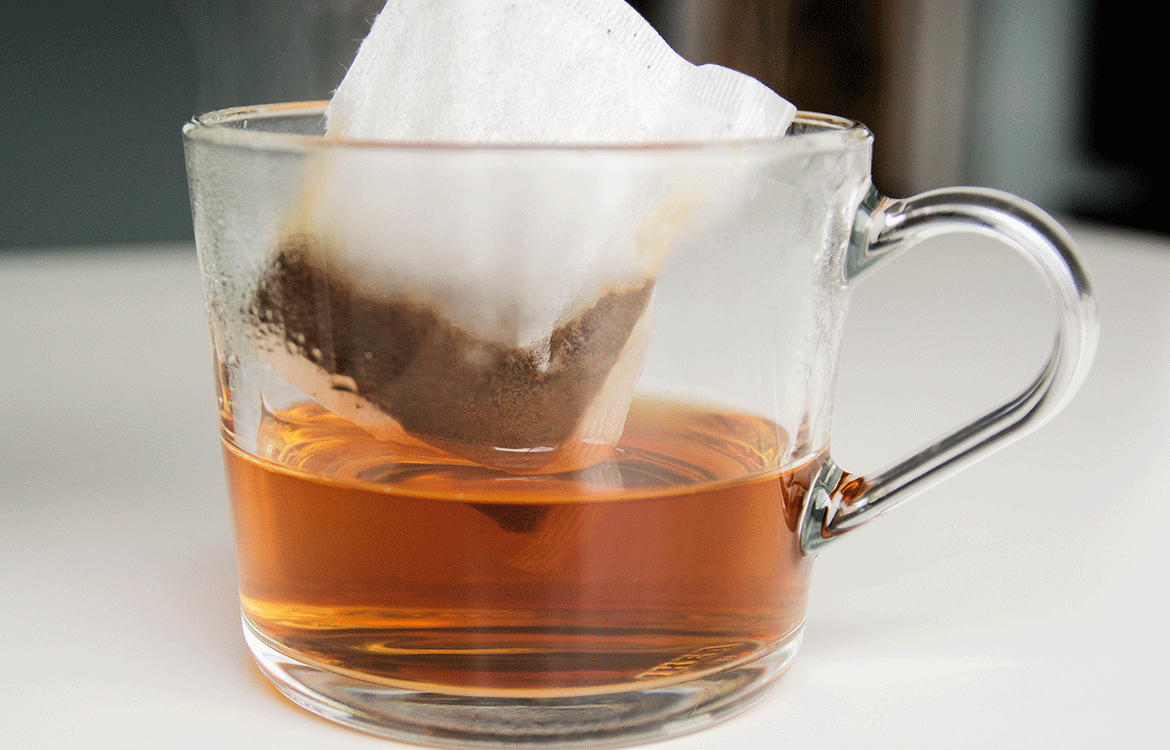Are Microplastics Affecting Your Health?

You’ve probably heard of microplastics — a term for small pieces of plastic less than 5 millimeters in size (5 mm is about the width of a pencil eraser). But they can be much smaller.
These particles, which can be nearly invisible to the eye and small enough to travel in the air, are a byproduct of consumer and industrial goods, from synthetic textiles like nylon and polyester to personal care products and car tires. They’re even in paint.
But where they come from is not nearly as worrisome as where they end up. They’ve been found in large bodies of water, beaches, soil and drinking water. And unfortunately, they’re also found in animals and humans.
Scientists believe that most of us already consumed thousands of microplastic particles, according to a study published in The Lancet. In fact, it’s estimated that the average American eats about a credit card size of plastic every week.
Though preliminary, there’s concern among the scientific community that consuming microplastics may raise your risk cancer, heart disease, inflammatory bowel disease, rheumatoid arthritis, autoimmune conditions and diabetes. The good news is that there may be some tactics you can take to minimize your microplastic intake.
Microplastics in Water
Microplastics were first discovered on the floors of oceans and Great Lakes back in the 1970s, the result of plastic items being dumped into bodies of water via littering, storms, water runoff and wind. Today there are more than 51 trillion microplastic particles in our waters.
The real problem begins when marine life consumes them. The microplastics settle in their gastrointestinal tract where they’re absorbed, causing oxidative stress, hormonal disruption, reproductive issues, immune system depression, and cellular and neurological toxicity.
The microplastics also have chemical substances absorbed from the environment that are released into the fish and act as carriers of microorganisms (e.g., bacteria, viruses, fungi, archaea and protists). Plastics also have chemical additives thought to be dangerous to marine life. A recent study conducted by a University of California Davis researcher found that 25 percent of fish sold in California markets had microplastic; 80 percent of it was plastic microfibers from clothing and laundry.
Of course, seafood isn’t the only problem. Some drinking water sources also are contaminated with microplastics. Most bottled and tap water in the US has microplastics in it. Bottled water has more microplastics per ounce, but tap has microplastics too, which enter the water system through surface runoff.
Microplastics on Land
But microplastics aren’t simply a water problem. Currents and waves wash them onshore, blending with beach sand. Birds, turtles and marine mammals mistakenly ingest microplastics, which can make them ill. This negatively affects the ecosystem.
It’s also common to find microplastics in soil as a result of landfill dumping, plastic mulching and wastewater sludge recycling, according to a review published in Environmental Technology & Innovation. Microplastics damage soil structure, reduce the amount of rainwater and irrigated water that can reach soil, impede the amount of water soil can hold and absorb and transport contaminants such as heavy metals. Microplastics also adhere to surfaces of seeds, roots and leaves, interfering with plant development and function.
They can even affect how earth worms function and thrive in soil, ultimately, altering the condition of the soil. Just like with seafood, animals that eat these plants may also consume microplastics.
How Big is the Threat to our Health?
Scientists just don’t know yet. As researchers in the Lancet study point out, microplastics aren’t “inert particles that merely transit through our body with no effect.” There’s plenty of evidence that microplastics can release additives and toxic compounds and also carry microorganisms. They can challenge the integrity of our intestinal barrier and can even be taken up into our bloodstream. That means ingested microplastics can accumulate in our tissue and organs.
Still, it remains unclear whether microplastics actually represent a threat to our health.
How Do I Reduce My Exposure?
In today’s world, reducing your exposure to zero may be impossible, but you can take steps to reduce your intake of microplastics. Here are some tips that can help:
Seafood:
- Eat fish with short lifespans and small bodies. Examples include anchovies, sardines, and mackerel.
- Carefully clean seafood before cooking, washing seafood thoroughly can remove some impurities like microplastics.
- Remove the digestive tract and abdomen of the seafood where most plastic particles are found.
Other foods:
- Buy produce with lower levels of microplastics. Apples have an alarming high number of plastic particles per gram, followed by pears. Broccoli and carrots also tend to have high levels. Buy individual pieces of fresh produce opposed to prepacked or bagged in plastic. Wash thoroughly before eating.
- Buy nuts and seeds from individual bins, not prepackage plastic containers.
- Store foods in glass containers, as opposed to plastic.
- Use wooden cooking utensils instead of plastic.
Drinking water:
- Add a reverse osmosis filtration system in your kitchen.
- Some studies also suggest boiling water may reduce microplastic content.
Microplastics in Everyday Items
It’s also important to understand that everyday actions also create microplastics. Any time you cut or grind plastic, it produces tiny flecks. When you twist a plastic bottle cap on a beverage bottle, it will create tiny pieces of plastic that can land in your drink. And when you cut food on a plastic cutting board, microplastics can land on your knife and food, according to a study published in Environmental Science and Technology. Even plastic salt and pepper grinders can produce microplastics.
With everyday products, you can:
- Buy items that are eco-friendly, made from natural substances like cotton fabric and wood cutting boards.
- Avoid single-use plastic items, including food items packaged in disposable plastic like honey, salt and plastic packaged fruits and vegetables.
- Choose loose leaf tea over teabags.
- Do your laundry in less water (water can be contaminated with microplastics) and line dry. Dryers cause a lot more microfiber shedding than washing does.
- Avoid microwaving foods in plastic containers.
- Research brands you use regularly to learn if they use eco-friendly production and processing methods.
Microplastics may prove to be a major health problem for humans – or they may not. But if you’re interested in reducing your exposure, the tips above can help.





